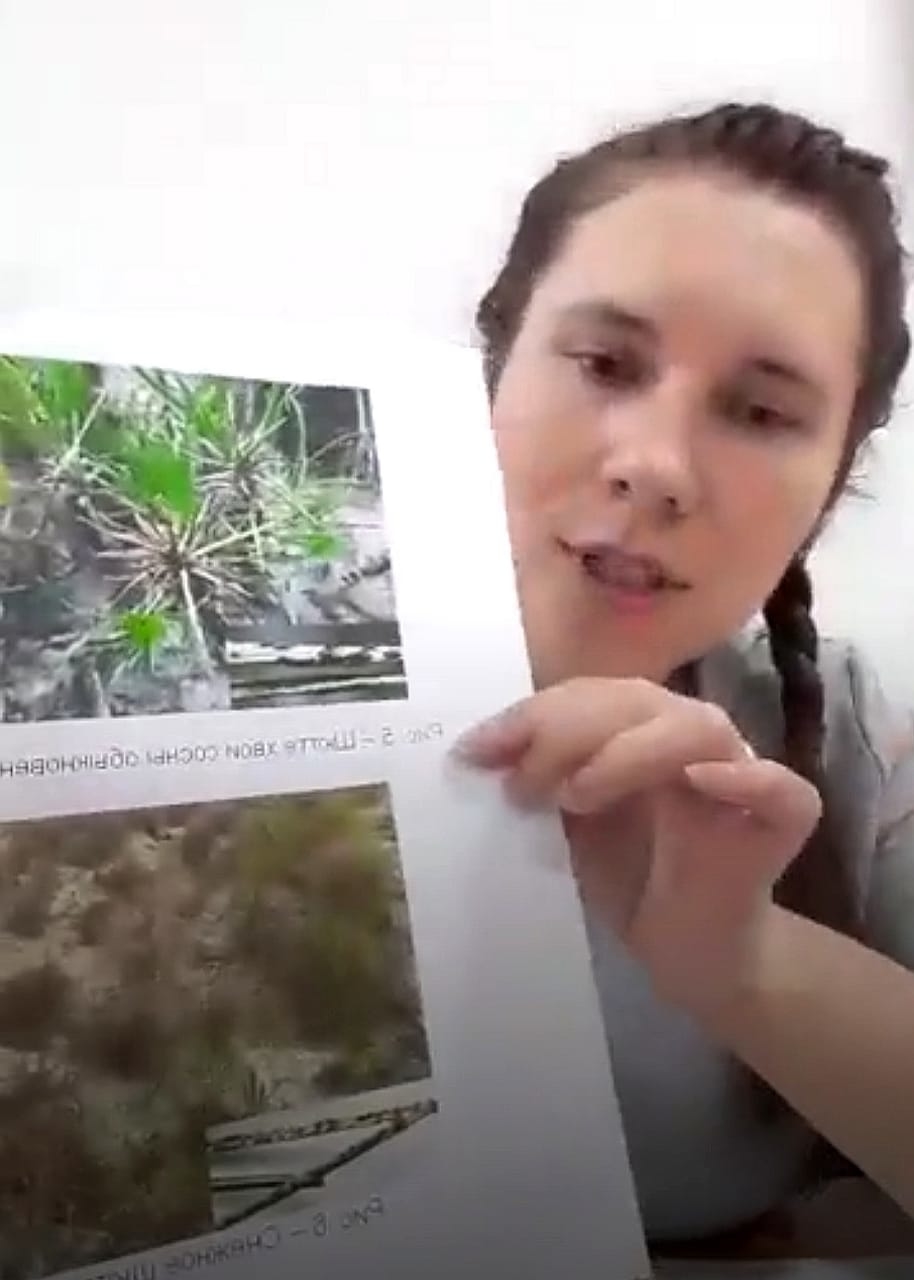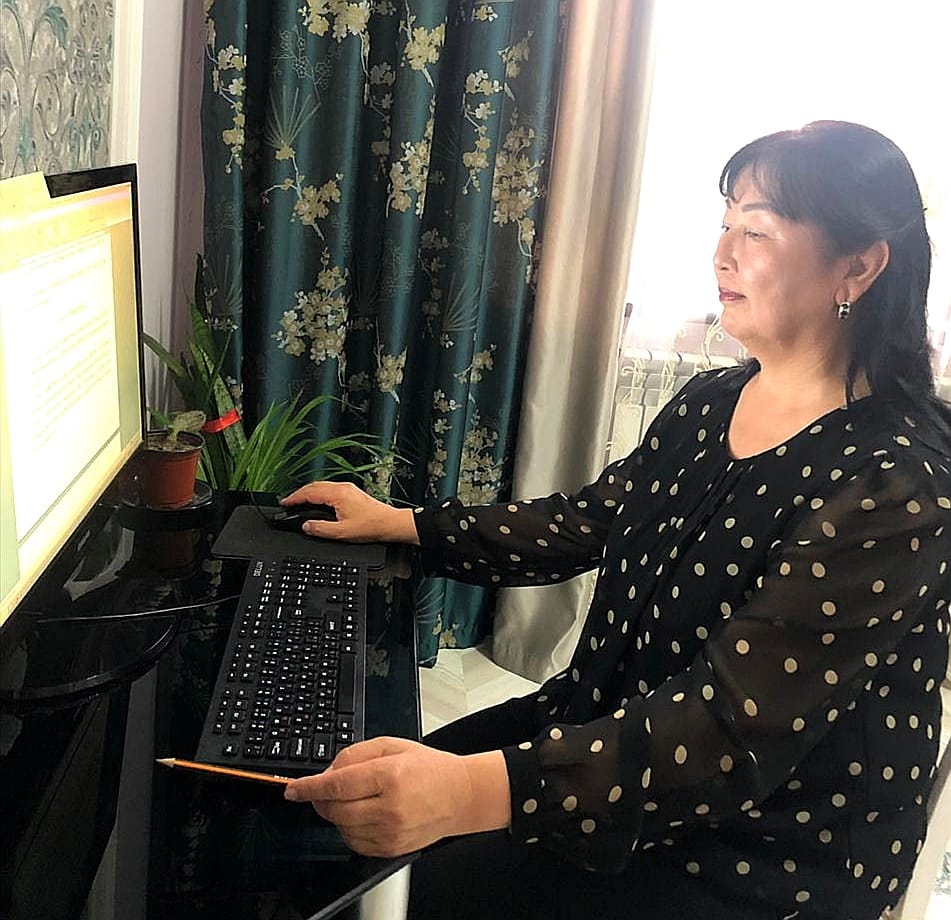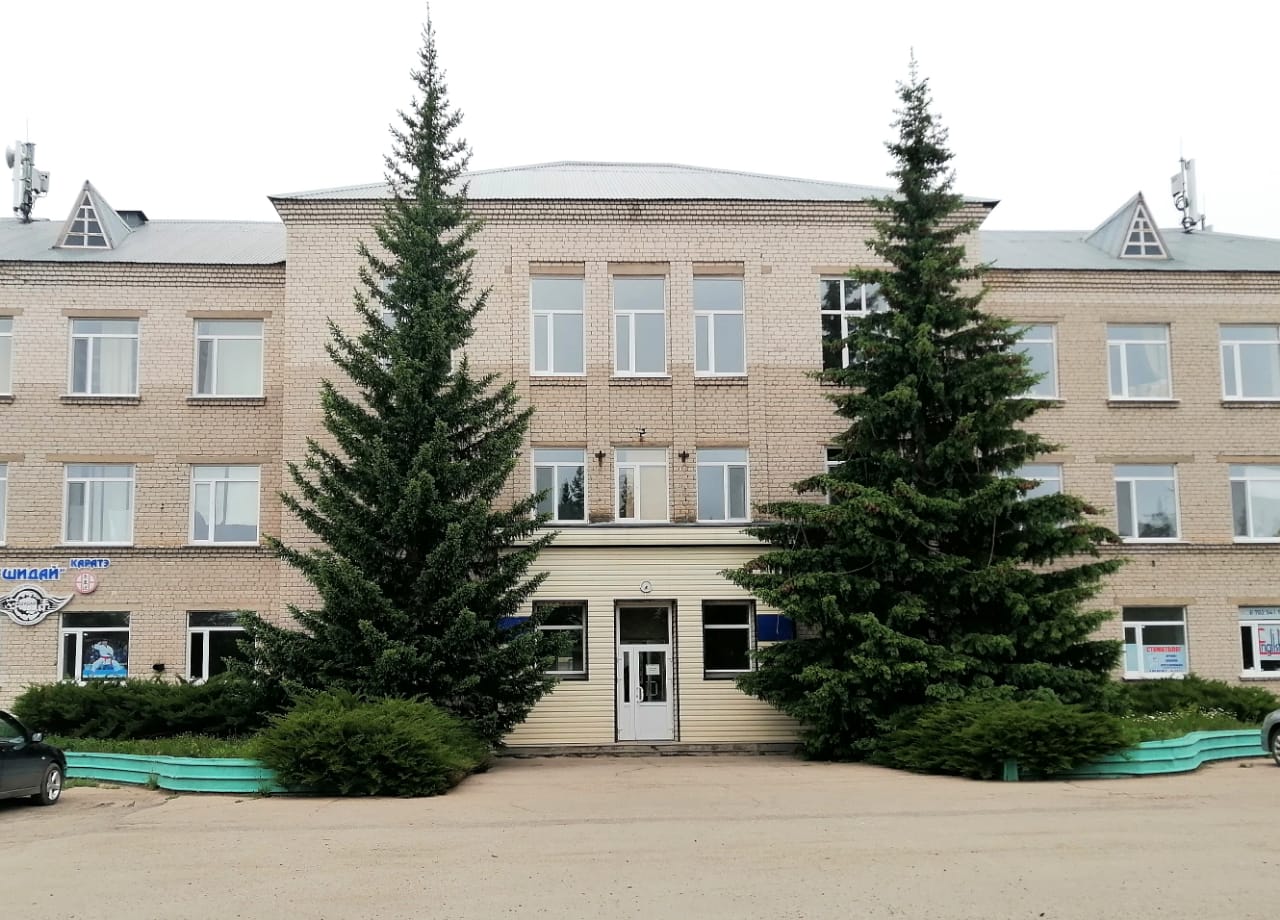
Experts of the “A.N. Bukeikhan Kazakh Research Institute of Forestry and Agroforestry” Maisupova Bagila Dzhylysbayevna (leading researcher at the Almaty subsidiary, Ph.D. in agricultural sciences) and Veebe Ekaterina Petrovna (head of the department for forestry, Ph.D.) talked live on the detection and recording of diseases in forest nurseries.
During the online consultation, it was noted that diseases hinder the effective cultivation of planting material, which is necessary for reforestation, affect the quality and yield of standard seedlings. Among the most common and harmful diseases are infectious lodging of seedlings of coniferous species, Phacidium infestans, pine-leaf cast, diplodiosis, leaf scab, and others.
Experts voiced the main signs of these diseases and the illustrative material also was presented.

A separate report was devoted to measures to protect against designated diseases. The experts paid special attention to the system of measures for the protection of tree and shrub species in nurseries, including the supervision of the appearance and spread of diseases, forestry, mechanical, biological and chemical measures to combat them.
The issue of correct and timely detection of diseases in nurseries has also become relevant for consultation participants. It was noted that nurseries should be under constant forest pathological supervision, which requires regular implementation of reconnaissance and detailed surveys.
The emphasis was placed on the fact that when monitoring the development of diseases, a detailed examination should be carried out three times a season: after snow melts; 1-3 weeks after emergence; at the end of September - October.
They also gave recommendations on the collection of materials for analysis, the initial diagnosis of diseases.

After completing their speeches, the speakers answered questions from participants in the online consultation.
The topics of determining the areas of the examined foci of diseases in the nursery, the age of accounting for the development of diseases, the frequency of examinations, and others were widely discussed. Particular attention was paid to biological preparations used in foci of infectious lodging.
In general, we note that the online consultation allowed us to establish a high-quality dialogue between science and industry, and facilitated the exchange of experience and the dissemination of relevant information.
Scientists of A.N. Bukeikhan Kazakh Research Institute of Forestry and Agroforestry express their gratitude to the “National Agrarian Science and Educational Center” JSC for providing the opportunity and its platform, also we thank experts for the excellent preparation for the consultation, and all the participants for attending the broadcast and supporting us.
Kazakh Research Institute of Forestry and Agroforestry is a subsidiary of the “National Agrarian Science and Educational Center” JSC. The scientists of the Institute are engaged in the development of a science-based forest management system and protective forest exploration on a landscape basis in various natural zones of Kazakhstan.
The mission of KazRIFA is to preserve and increase the forest flora, to provide new opportunities for the use of forest plantations in human life.



